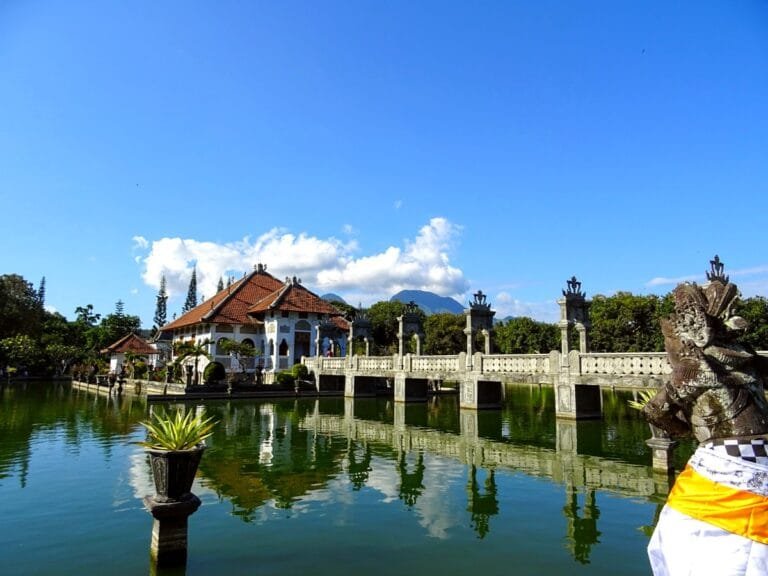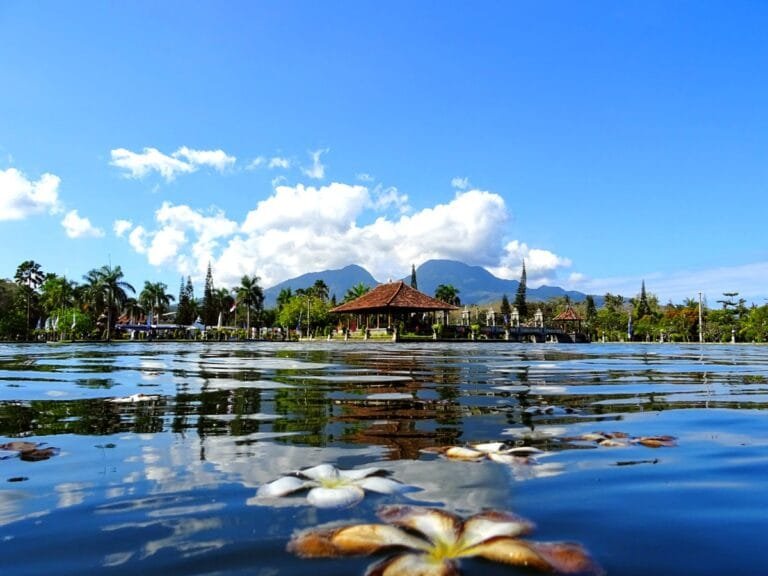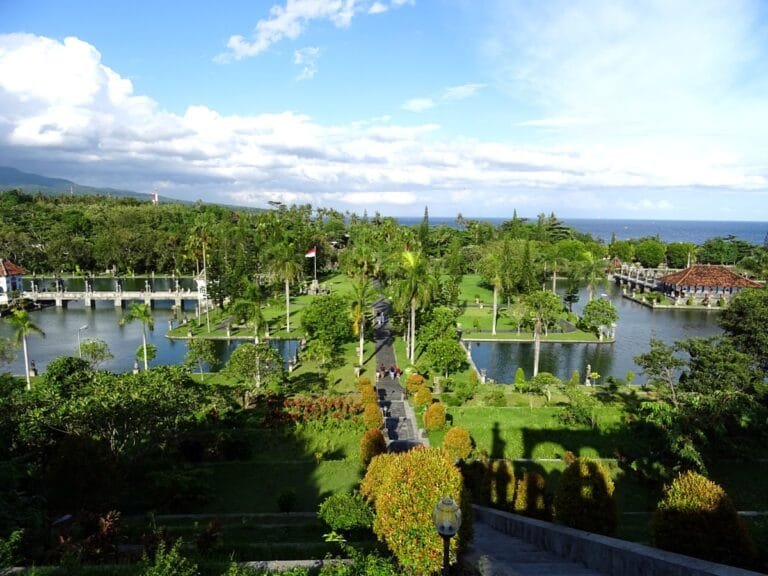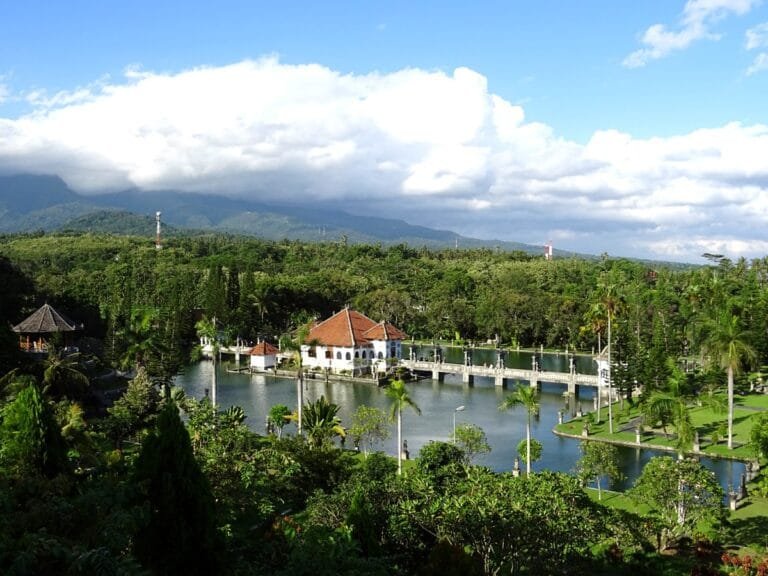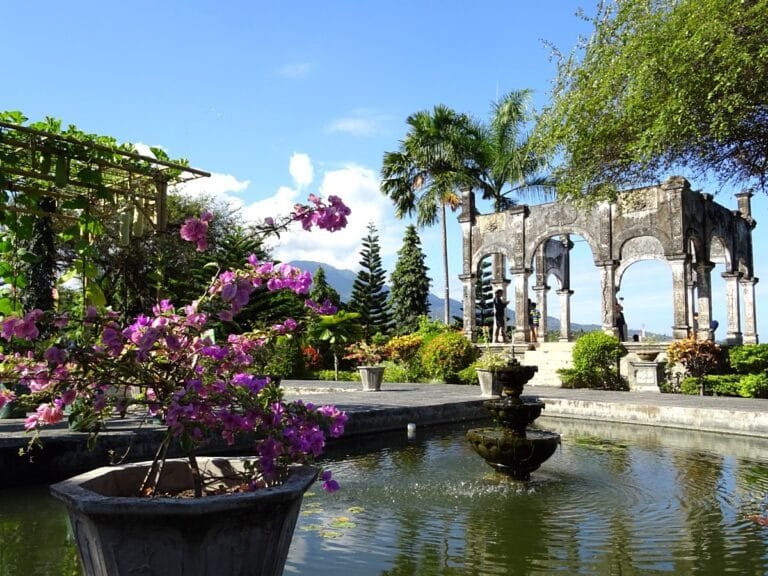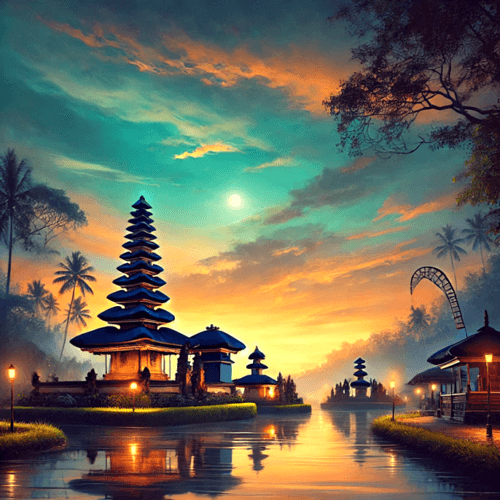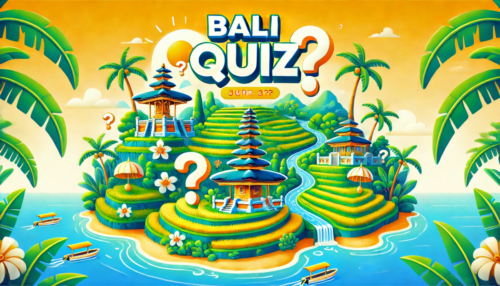Where history and nature converge, Taman Ujung Temple offers a glimpse into Bali’s royal past amidst serene water gardens and striking architecture.
Taman Ujung Water Palace: A Royal Legacy in East Bali
Taman Ujung, also known as Taman Ujung Soekasada, is a historic water palace located in Karangasem in East Bali. Originally built in 1909 by the King of Karangasem, Anak Agung Anglurah Ketut Karangasem, this expansive palace complex blends Balinese, Dutch, and Chinese architectural styles, creating a stunning site where history, culture, and nature come together. The palace was once used as a royal retreat and a place for relaxation, ceremonies, and hosting dignitaries.
Today, Taman Ujung is a popular destination for visitors seeking a peaceful escape and a deeper connection with Bali’s royal heritage. With its elegant stone bridges, tranquil pools, and well-manicured gardens, the palace is a perfect place for a quiet stroll, photography, and sightseeing.
The History of Taman Ujung
Taman Ujung was built in the early 20th century, when Bali was still under Dutch colonial rule. The palace was commissioned by the last king of Karangasem, who sought to create a royal retreat that showcased the kingdom’s wealth and architectural prowess. The design reflects a unique mix of influences, from Balinese Hindu architecture to European neoclassical design, which was introduced by Dutch colonialists.
In 1963, the powerful eruption of Mount Agung caused significant damage to Taman Ujung, and later earthquakes in the 1970s further degraded the site. However, the palace was restored in the early 2000s, preserving its historical and cultural importance.
TIP: Visit early in the morning to enjoy the peaceful ambiance before the crowds arrive, and to take advantage of the cooler temperatures for exploring the expansive grounds.
Spiritual and Cultural Significance
Although primarily a royal palace, Taman Ujung also has religious significance. Balinese Hindus believe that water has purifying qualities, and water gardens like Taman Ujung are often used for spiritual cleansing and reflection. The architecture and layout of the palace also reflect the Balinese Hindu philosophy of Tri Hita Karana, which emphasizes the balance between humans, nature, and the divine.
Practical Information for Visiting Taman Ujung
- Opening Hours: The palace is open daily from 8:00 AM to 6:00 PM.
- Best Time to Visit: Early morning or late afternoon to avoid the midday heat and enjoy the best light for photography.
How to Get to Taman Ujung
Taman Ujung is located in Karangasem Regency, about 2 hours from Ubud and 2.5 hours from Seminyak or Kuta by car. The easiest way to reach the palace is by hiring a private driver or joining an organized tour that includes a visit to both Taman Ujung and nearby attractions like the Tirta Gangga Water Palace and Lempuyang Temple.







